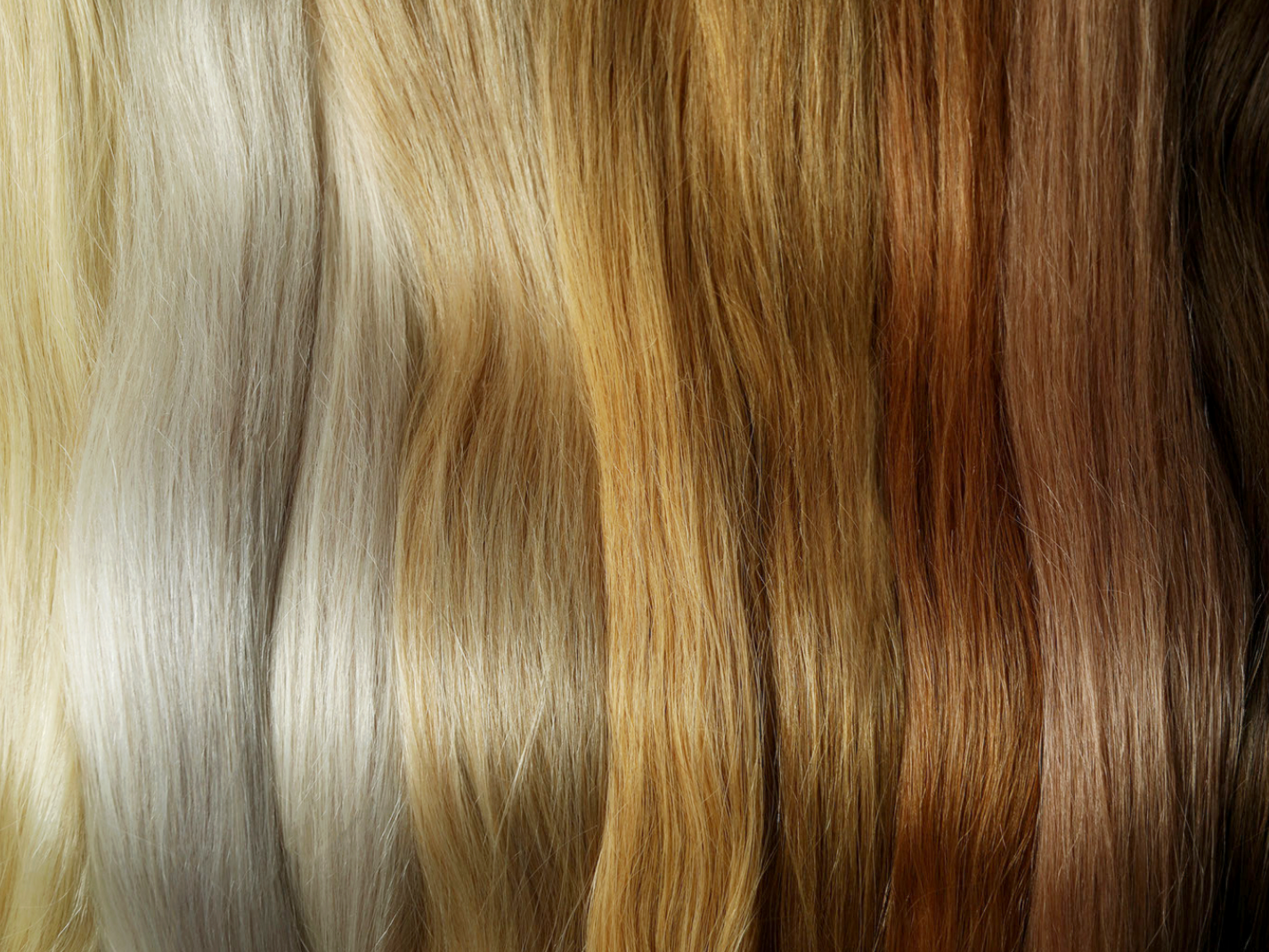
Shearing Science to Atone for Imagined Sins of the Past
According to journalist Christine Chung, writing for the New York Times, Harvard’s Peabody Museum will return hundreds of Native American samples. The samples, which were collected from 1930 to 1933 by George Edward Woodbury, will be returned to the tribes to which these Native Americans belonged. Observers have lauded the decision as atonement for the museum’s ‘sins’ of accepting and keeping the hair; they acknowledge the “cultural and spiritual significance” of hair and the “harm” that the collection has caused. Furthermore, they state that research on hair in the early 20th century was “carried out to support, directly or indirectly, scientific racism.”
Let us examine these claims. George Edward Woodbury was an archaeologist and anthropologist who collected the samples to test specific hypotheses: did Native Americans consist of one “race” or many, and did hair provide another way to understand their origins? In his 1932 work on hair, “Differences Between Certain of the North American Indian Tribes as Shown by a Microscopical Study of their Head Hair,” co-authored with his wife Edna T. Woodbury and published by the State Historical Society of Colorado State Museum, he used the term “group” to mean “one of the four largest divisions of mankind,” i.e., White (European), Negroid, Mongoloid, and Composite. “Race” is used to “designate one of the subdivisions within a group.” None of this means that these “groups” or “races” are hierarchical, but rather that the researchers were trying to understand relationships.
Using the hair of Native Americans (all of whom were past puberty), along with that of Japanese people, Southern Chinese people, white Americans from Denver, and a few precontact Amerindian mummies, the Woodburys were able to conclude that there were four different “races” of Native Americans, but that they all belonged to one “group” that showed a closer affinity to Mongoloids than other groups. These conclusions have been supported through a variety of other methods throughout the years, including DNA analyses, cranial studies, and linguistics.
[Related: “The Perils of University Indigenization”]
For the period in which it was published, George and Edna Woodbury provided a sophisticated study to understand the peopling of the Americas. They knocked down the hypothesis that each tribe has its own origin—a concept known as polygenesis, which has been repeatedly disproven by the scientific study of humans. However, some modern Native Americans support these verifiably false origin stories.
Anthropological research using hair has a long history and continues today. Although all narratives can be manipulated for political agendas, research on the Peabody Museum hair collection has not been explicitly utilized for racist purposes. Current research on hair has provided another way to examine the past and tell the stories of those who lived before us.
Some hair research does revolve around genetic relationships, but other research highlights the use of hair to assess population health. For example, Arriaza et al.’s 2020 study, published in the prestigious American Journal of Physical Anthropology, on ancient mummy hair from Peru dating between 3000 BC and 1500 AD found evidence of overexposure to boron in the population that would have led to health ailments like diarrhea, vomiting, and headaches. The naturally occurring boron would also have limited the types of agriculture adopted by these ancient people. Looking at hair from colonialists in New Zealand dating between 1880 and 1926, King et al. (2020) was able to document a dietary shift close to the end of life that may have been an attempt to feed the ill with higher-protein foods, such as beef broths.
While I was at this year’s American Anthropological Association meeting, I saw an interesting talk by Benjamin Schaefer, a PhD Candidate at the University of Illinois, Chicago, on use of mummy hair to determine whether children sacrificed by the Inca 500 years ago experienced stress during their time in captivity. Although there is a narrative that the children were treated royally prior to sacrifice, they were actually under extreme stress equivalent to that of a severe stroke.
[Related: “Scholarship Versus Racial Identity in Anthropology”]
Furthermore, hair research has supported the theory that the sacrifices were conducted during times of communal stress, likely due to famine and drought. Unfortunately, one of these sacrificed children’s bodies—although showing no link to any living population—has been returned to the mountains where the sacrifice occurred. This is a second terrible fate for this Inca child—first to be sacrificed and second to be returned to the place where he was sacrificed!
Undoubtedly, hair research will improve if it is allowed to continue. This may be useful to examine cases of neglect, abuse, and homicide. If Woodbury’s hair samples were made available for study, there is a possibility that one could examine the hair’s cortisol levels, isotopic ratios, and heavy metal components to determine whether these Native Americans from the residential schools were mistreated, neglected, or abused. However, as with the ‘unmarked graves’ found at the residential schools in Canada, which are mentioned in the New York Times article, no investigative research will be undertaken, as it may be discovered that these horror stories are myths. As one speaker at the American Anthropological Association meeting stated regarding the ‘unmarked graves’: “Skepticism is violence!”
Perhaps the worst aspect of the return of hair samples is the narrative that the collection has caused ‘harm.’ Clearly, the implication is that current Native American problems arise from the ghosts of the past and the continuous restlessness of spirits. The ‘harm’ narrative—unproveable and unscientific—can be used to coerce the repatriation of data. Now, it is ‘harmful’ if hair has been kept in a collection, and, thus, it must be returned. ‘Harm’ has been caused by photos taken, and, thus, they must be burned. The creep will continue until there is no science left in the social sciences.
Once all the materials are returned or destroyed, however, the problems of Native Americans will not magically disappear. That’s because they are not caused by the ‘harm’ of restless spirits, but rather the same problems that plague other ‘harmed’ communities—alcohol, drugs, unemployment, and domestic violence.
Image: Adobe Stock

I agree that the Peabody Museum’s decision to send the hair samples back to tribes shows excessive deference to non-evidence-based religions notions of “spirits” inhabiting the hair samples. A better workaround would be to remove a hair sample from a museum exhibit if a member of an associated ethnicity or tribe specifically objected to its exhibition–and then to store the hair sample in the museum somewhere away from public view so that the hair sample can be available for future scientific analysis as technology continues to advance.
There is a big issue being missed here — hair is a source of DNA.
Assuming that the DNA hasn’t degraded too much in the past century, these hair samples serve as DNA samples of unique identifiable tribes of Indians. This means that it would then become possible to determine the percentage of Indian blood of people today — both tribal members and of the public at large.
The untold secret is that there has been a whole lot more intermarriage than the tribes are willing to admit, and that (in some cases) there are non-tribal members with more Indian blood than actual members. This is why the tribes have refused to provide DNA samples and thus why the “Indian” reference DNA is actually that of Central & South American Indians — kinda like using Portugal as a reference for Irish DNA.
It has to do with money and power — and tribes with lucrative gambling monopolies not wanting to share. It also has to do with a sense of entitlement — once it became known that there were more Indians in the White society than on the Reservations, their special status would break down.
Hence perish the thought that we have the means to identify Indian blood…
Precisely, Dr. Ed! I have friends in my community who have accurately traced some of their native ancestry through genealogical records. They state that some of the self-proclaimed descendants of native tribes actually have no or almost no genetic relationship to native Americans. Of course these charlatans don’t want remains that may still contain DNA in the hands of researchers, particularly geneticists. Once the genetic trail is broken any con man/woman can claim to be a descendant and move to the front of the line for monetary reparations doled out by guilt-ridden ethno masochists.
Someone should ask the American Indians what they think about getting a UPS package at tribal headquarters filled with 90 year old hair.